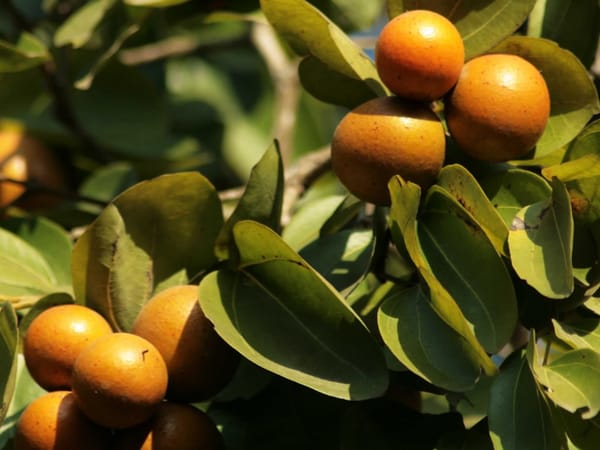Hijama Therapy

Rooted in the rich traditions of Unani Tibb and Traditional Chinese Medicine, Hijama Therapy, also known as cupping therapy uses suction to promote healing and restore the body's natural balance.
Practiced across the globe, Hijama Therapy addresses a wide array of conditions, particularly those involving pain, inflammation, and overall well-being.
Understanding Hijama Therapy
Hijama Therapy involves placing cups on the skin to create suction. This process, achieved through heat or mechanical pumps, draws impurities to the surface, enhancing blood circulation and stimulating the body's healing mechanisms. For centuries, this method has been a cornerstone of holistic healing practices, cherished for its profound impact on health and wellness.
The Mechanics of Hijama Therapy
Hijama Therapy's benefits are multifaceted and profound:
- Detoxification: By drawing out toxins and impurities, Hijama Therapy purifies the blood and supports optimal health.
- Pain Alleviation: The negative pressure relieves muscle tension, reduces inflammation, and alleviates pain, making it highly effective for conditions such as back pain, arthritis, and migraines.
- Enhanced Circulation: Improved blood flow to affected areas ensures better oxygen and nutrient delivery, accelerating the body's natural healing processes.
- Immune System Boost: Stimulating lymphatic drainage and releasing immune-boosting substances, Hijama Therapy strengthens the body's defenses.

Types of Hijama Therapy
What most people don't realize is that there are many types of Hijama therapy, Wet cupping being the most common. Below are the various types.
Dry Cupping
Dry cupping involves placing cups on the skin without making any incisions. The suction created by the cups draws the skin and underlying tissues into the cup, promoting blood flow and relieving muscle tension.
Uses: This method is primarily used for pain relief, reducing muscle tightness, and improving circulation.
Wet Cupping/ Hijama Bil Shurt
Wet cupping involves making small, superficial incisions on the skin before applying the cups. The suction then draws out a small amount of blood along with toxins and impurities.
Use: Wet cupping is often used for detoxification, treating inflammatory conditions, and managing chronic pain. It's particularly effective in addressing conditions such as arthritis and migraines.
Moving Cupping (Massage Cupping)
In this technique, cups are moved across the skin after suction is created, providing a massaging effect. Oil is applied to the skin beforehand to facilitate smooth movement.
Uses: Moving cupping is excellent for muscle relaxation, improving lymphatic drainage, and enhancing blood flow. It’s commonly used for stress relief and treating musculoskeletal pain.
Fire Cupping
Fire cupping involves using heat to create suction inside the cups. A flame is briefly placed inside the cup to heat the air, which, upon cooling, creates a vacuum when the cup is placed on the skin.
Uses: This method is particularly beneficial for treating respiratory conditions, easing muscle tension, and enhancing overall circulation.
Flash Cupping
Flash cupping involves applying and removing the cups quickly in succession. This rapid application and removal stimulate the skin and underlying tissues without prolonged suction.
Uses: Flash cupping is used to stimulate the immune system, improve skin health, and provide a quick boost to blood circulation.

How Hijama Therapy Works.
Hijama Therapy offers significant benefits by working directly on the skin and muscles. It provides almost instant relief for muscle pain, joint stiffness, and inflammation associated with conditions like fibromyalgia and sciatica.
From a Unani Tibb perspective, its effect lies in its ability to remove abnormal humours (bodily fluids) from the body. This works particularly well for conditions such as asthma, bronchitis, and chronic cough by clearing congestion, i.e. the abnormal humours, and enhancing respiratory function. Similarly, it improves digestion, alleviates bloating, and helps manage irritable bowel syndrome (IBS) and constipation.
For many, acne is caused due to the abundance of corrupt humor and poor circulation in the head region. Hijama therefore treats acne as well as other skin conditions such as eczema and psorias by promoting blood circulation and detoxifying the skin.
It also reduces stress and anxiety, enhances relaxation, and boosts overall mental well-being by activating the body’s natural healing responses and the release of endorphins.

The Hijama Therapy Experience
Below is a step-by-step guide as to what to expect from your Hijama visit.
Step One: Choosing the Right Cups
Cups are selected based on the individual’s specific condition and treatment area. They can be made from glass, bamboo, silicone, or plastic.
Step Two: Preparing the Skin
The skin is thoroughly cleaned, and a small amount of oil may be applied to ensure a good seal. For wet cupping, tiny incisions are made to facilitate toxin release.
Step Three: Creating Suction
Cups are placed on the skin, and suction is created either by heating the air inside the cups or using a mechanical pump. The cups may remain in place or be moved to provide a massage effect.
Step Four: Treatment Duration
Sessions typically last between 5 to 20 minutes, depending on the individual’s needs and response to the therapy.
Step Five: Aftercare
Post-therapy care includes rest, hydration, and avoiding strenuous activities. The treated areas should be kept clean and protected to prevent infection. According to Unani Tibb, certain foods such as red meat and cheese are discouraged for at least 24 hours. This is to ensure the humours produced are not heavy, but light. This helps the recovery process. Remember, Hijama is healing but also depleting. After the session, it's a must to give the body gentle, tonifying foods to allow fresh, light blood to rebuild.
Hijama Therapy is a testament to the wisdom of ancient healing practices. By addressing both physical and mental aspects of health, it provides comprehensive relief and promotes overall well-being.
Warm regards,
Shifaa Khan
UnaniReads
Holistic Healthcare Education, Inspired by Unani Tibb
DISCLAIMER: Shifaa Khan's content is for general informational purposes only. It should not be used to self-diagnose and it is not a substitute for a medical exam, cure, treatment, diagnosis, and prescription or recommendation. It does not create a doctor-patient relationship, nor a consultant-client relationship, nor a practitioner-client/patient relationship between Shifaa Khan and you. You should not make any change in your health regimen or diet before first consulting a physician and obtaining a medical exam, diagnosis, and recommendation. Always seek the advice of a physician or other qualified health providers with any questions you may have regarding a medical condition. No presentation or communication shall expressly or implicitly bind any person or entity to any contract, agreement or course of conduct, or waive any part of this disclaimer and no one should rely on unverified claims that Shifaa Khan is part of any endeavor and all such reliance is expressly disclaimed.




